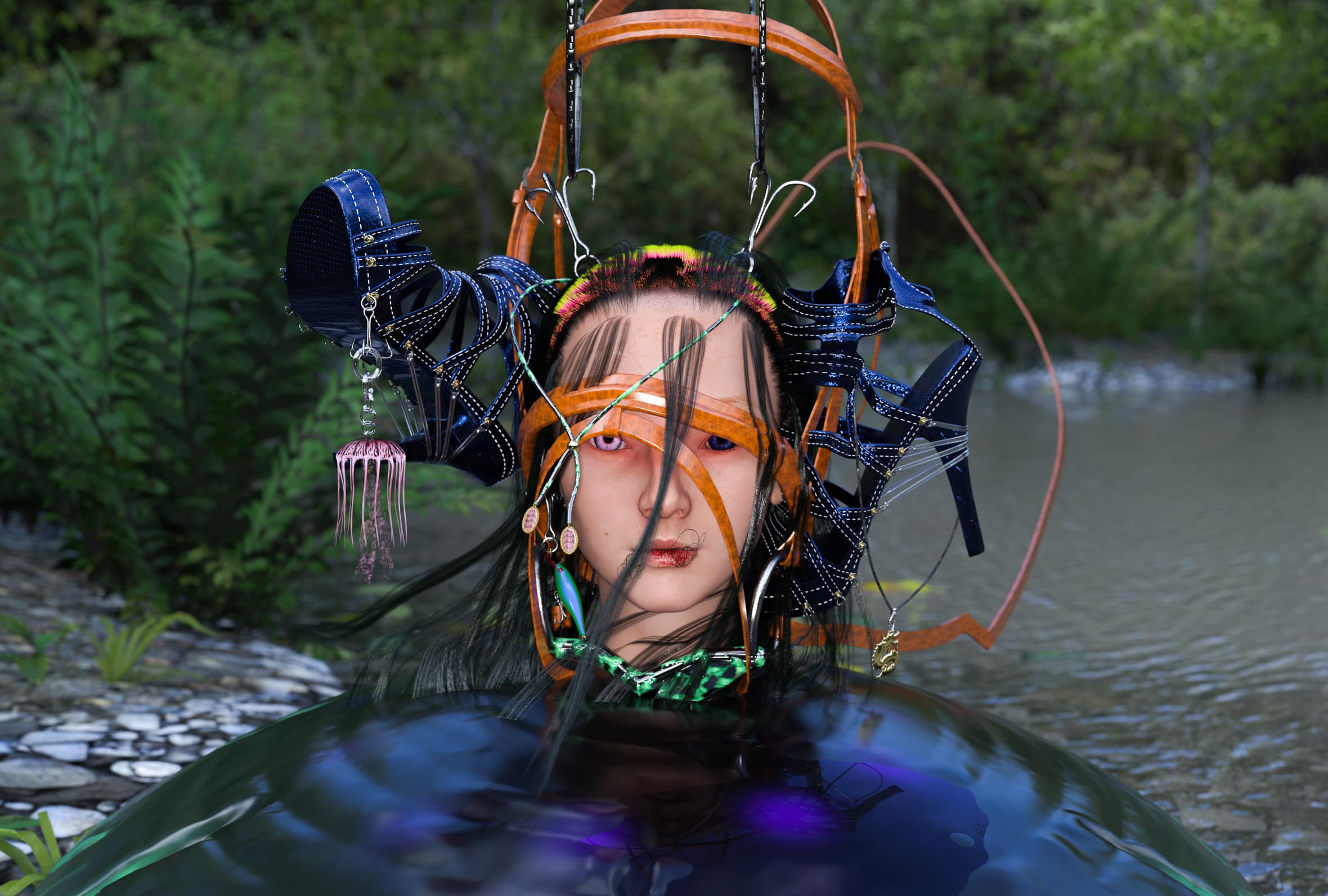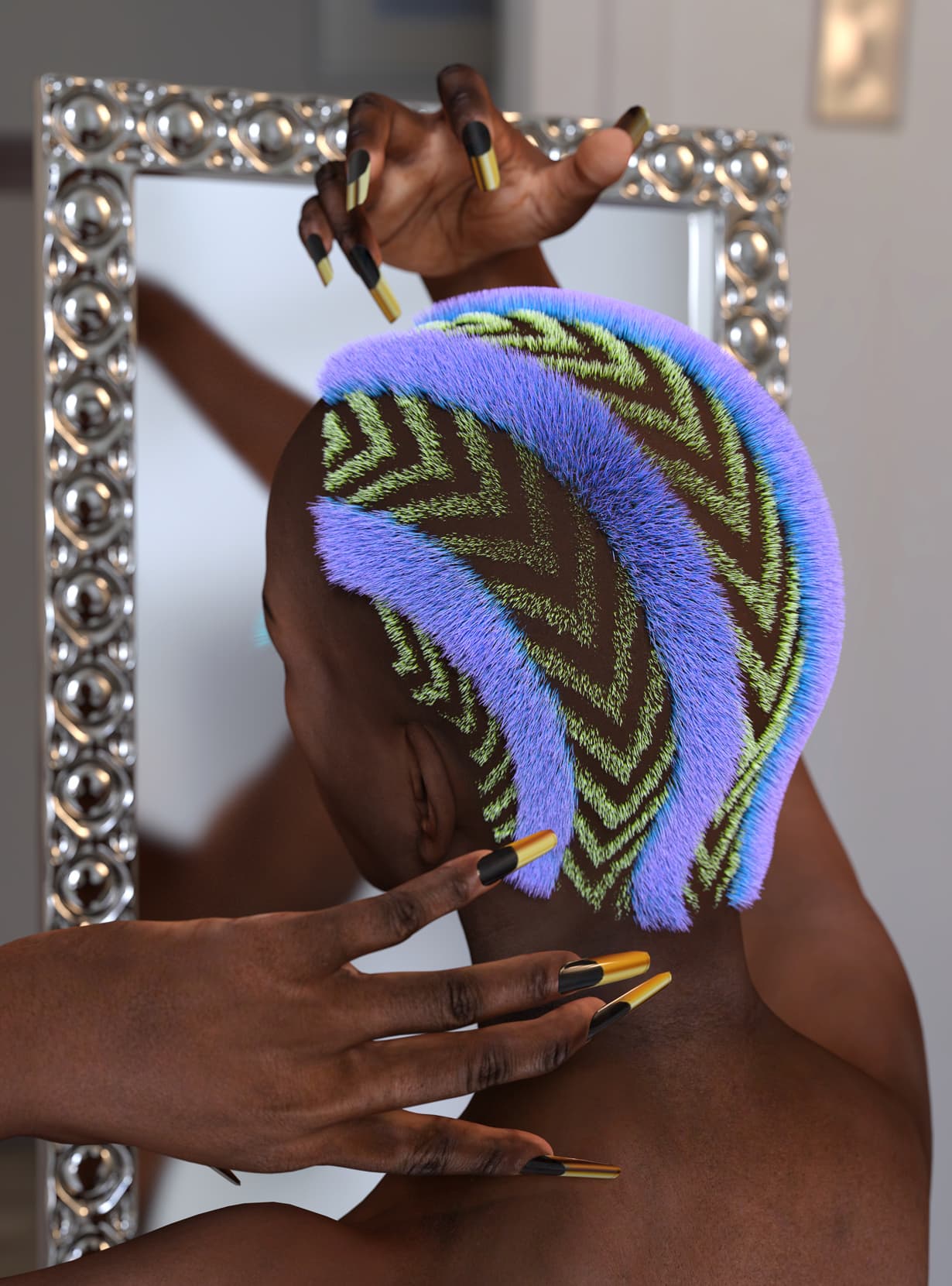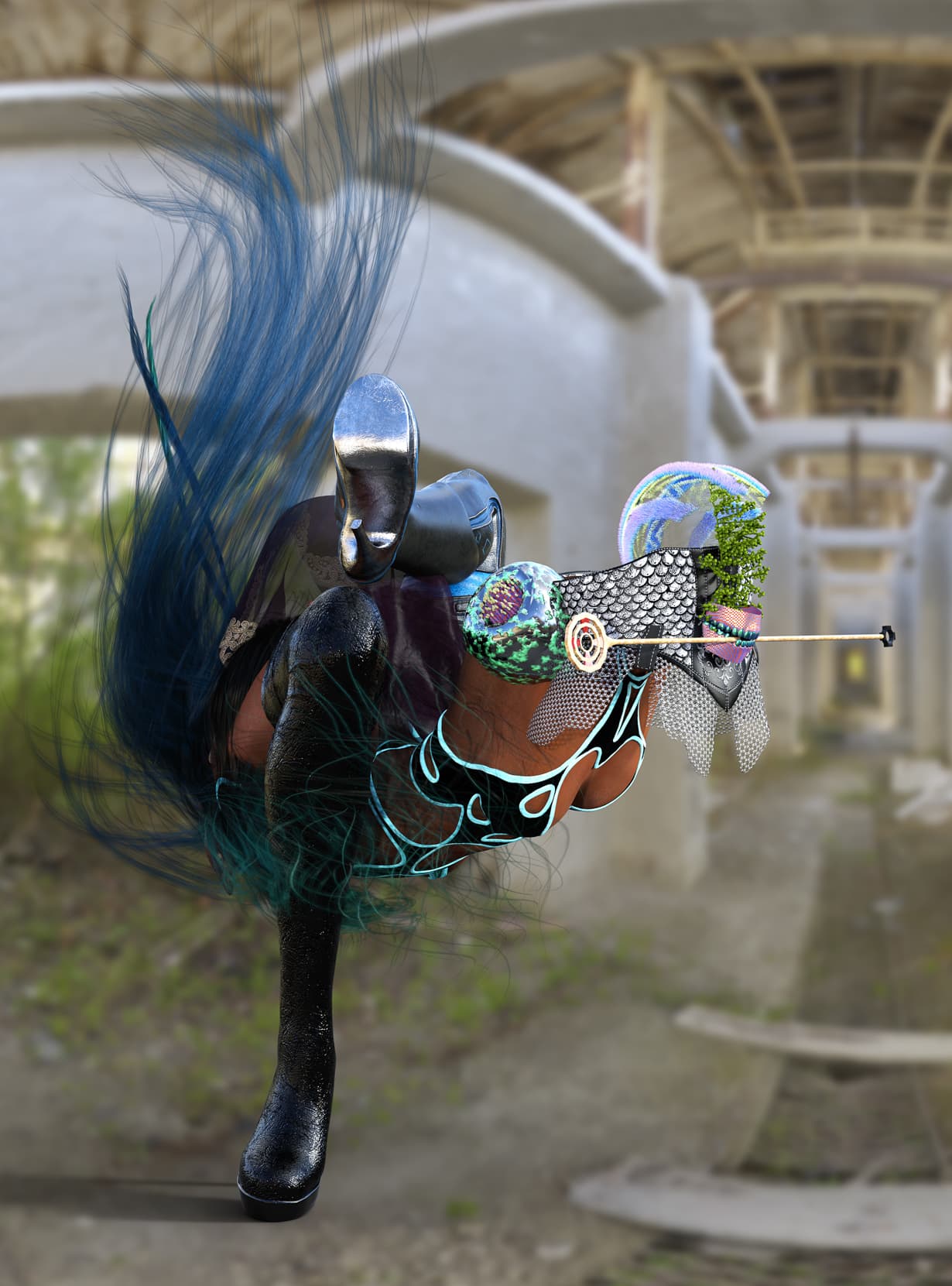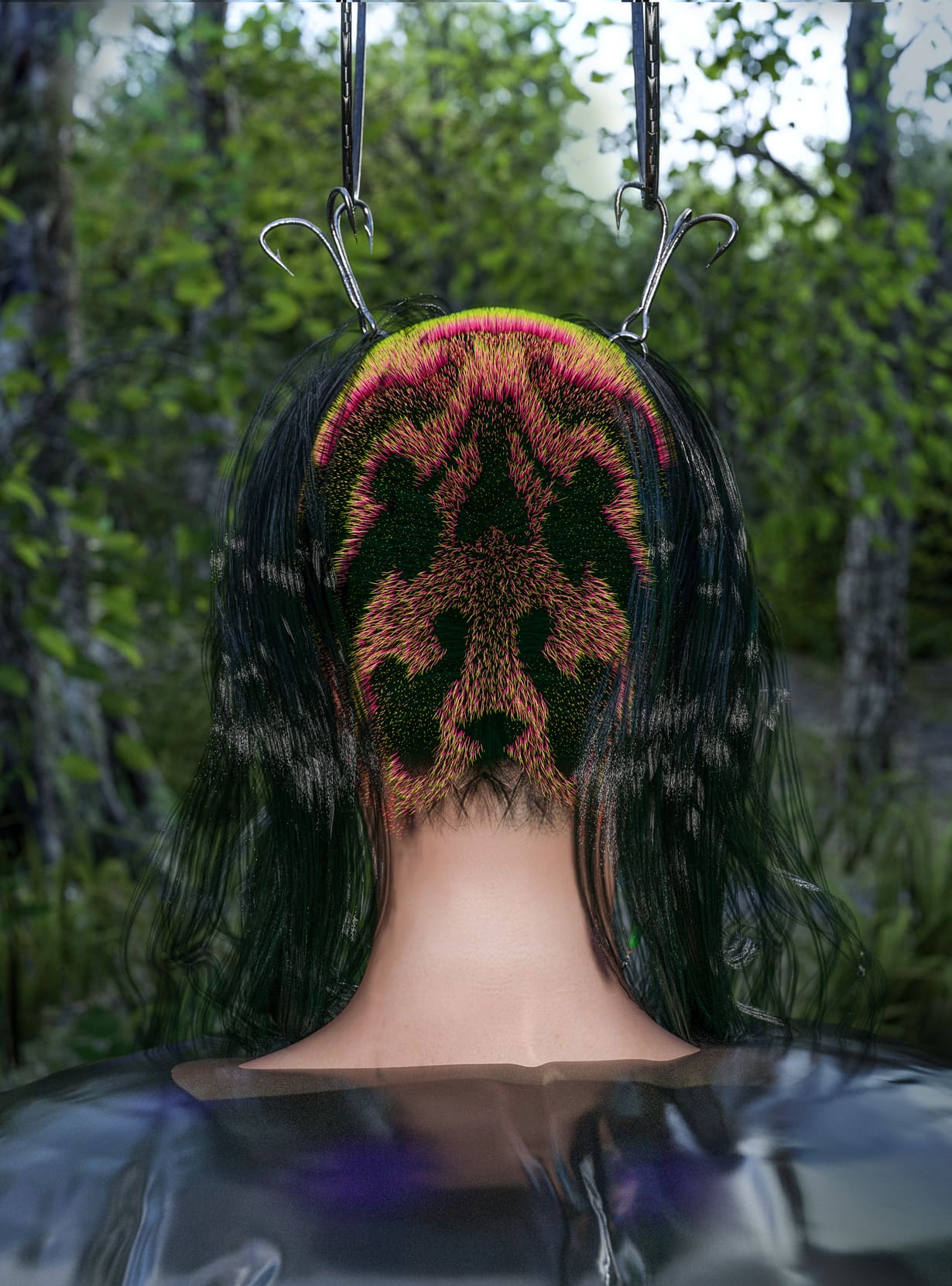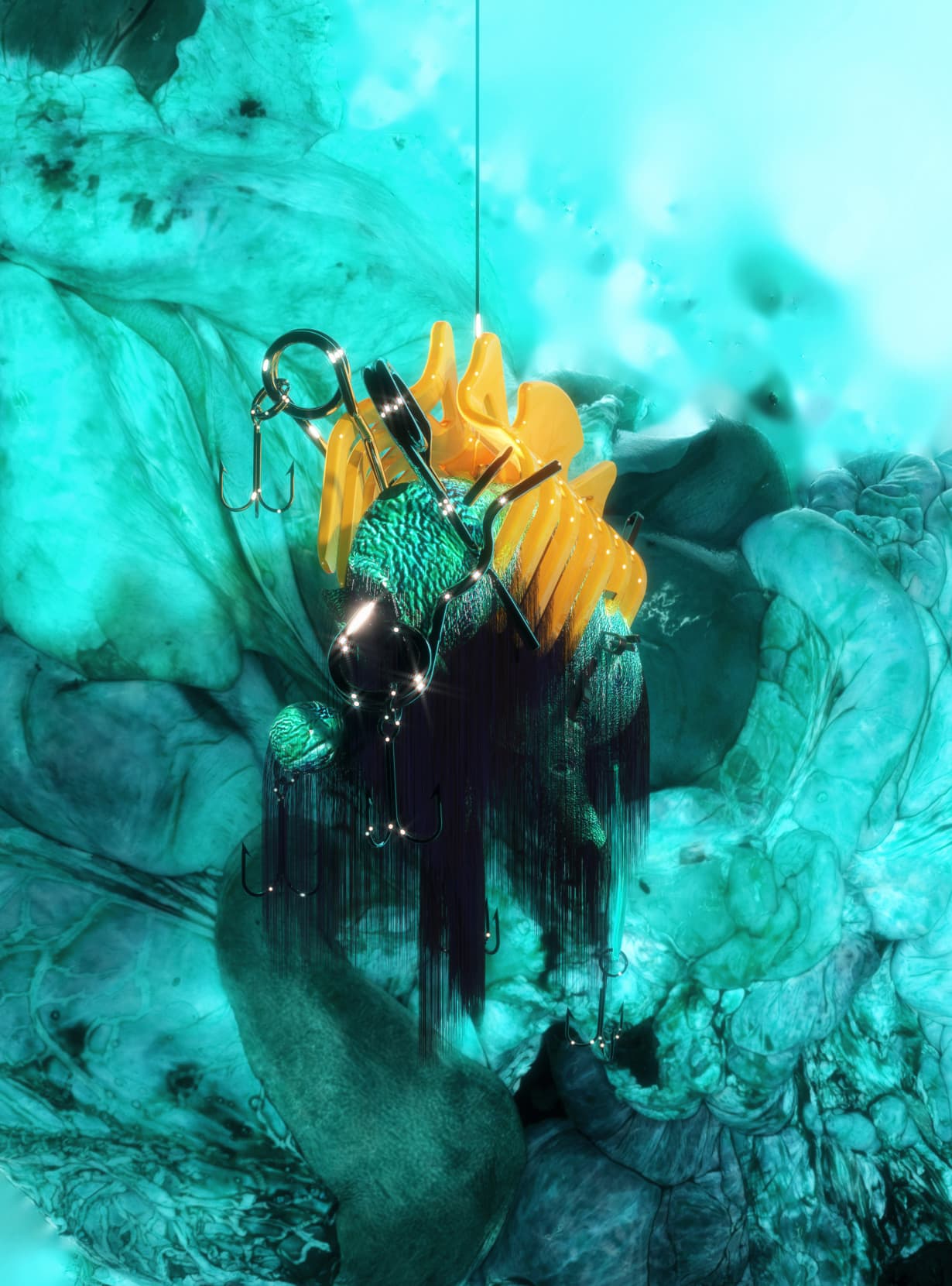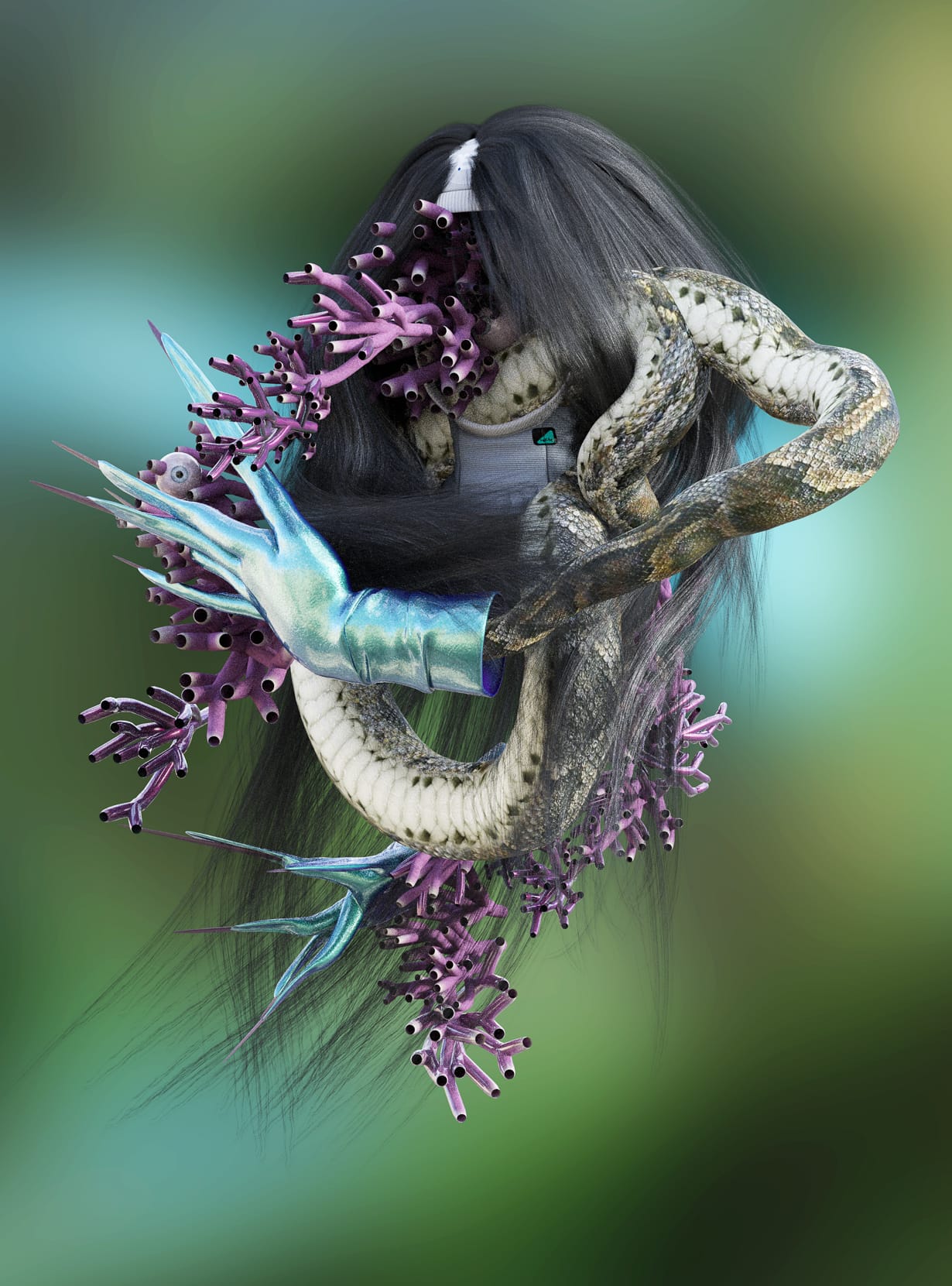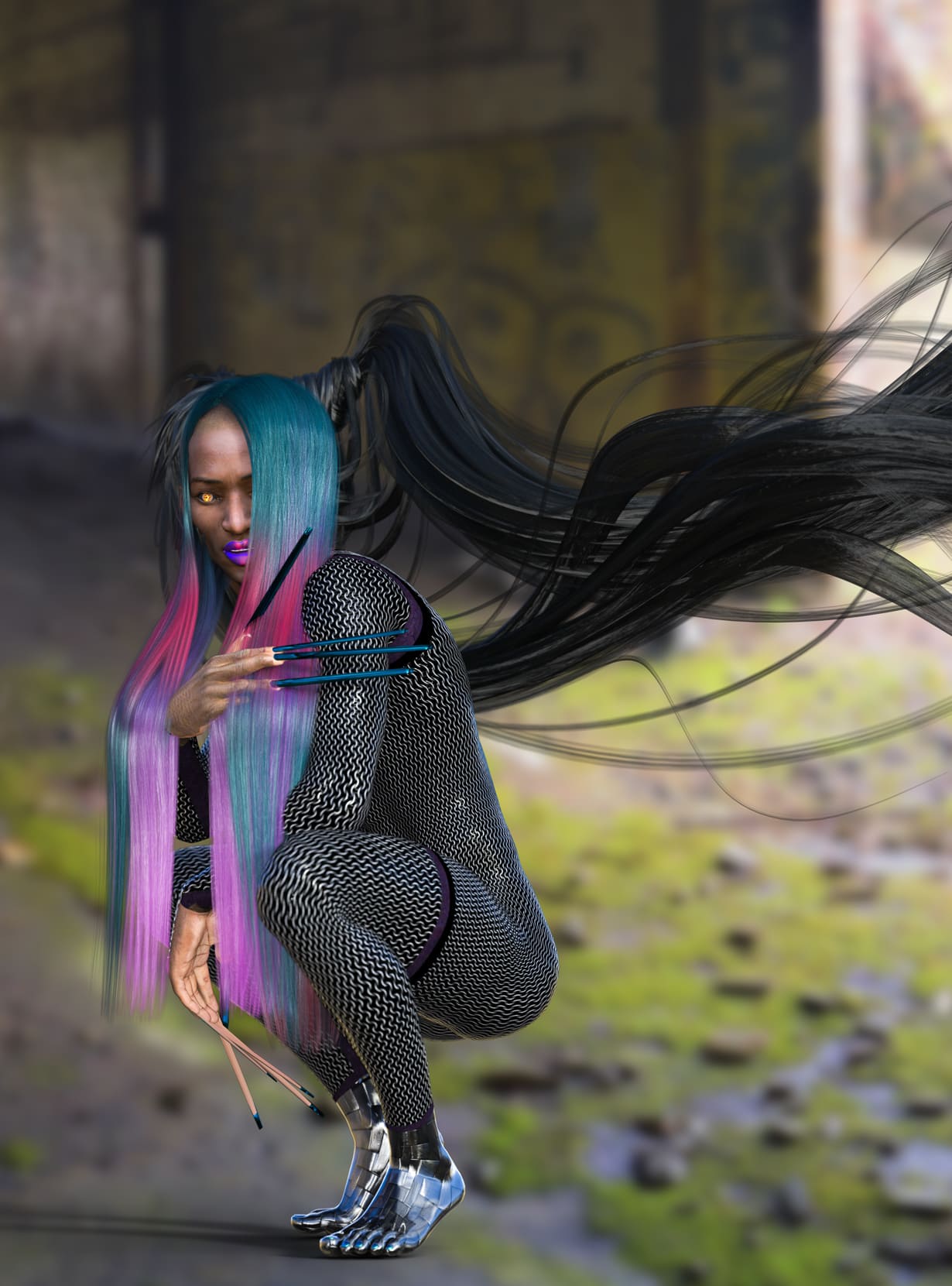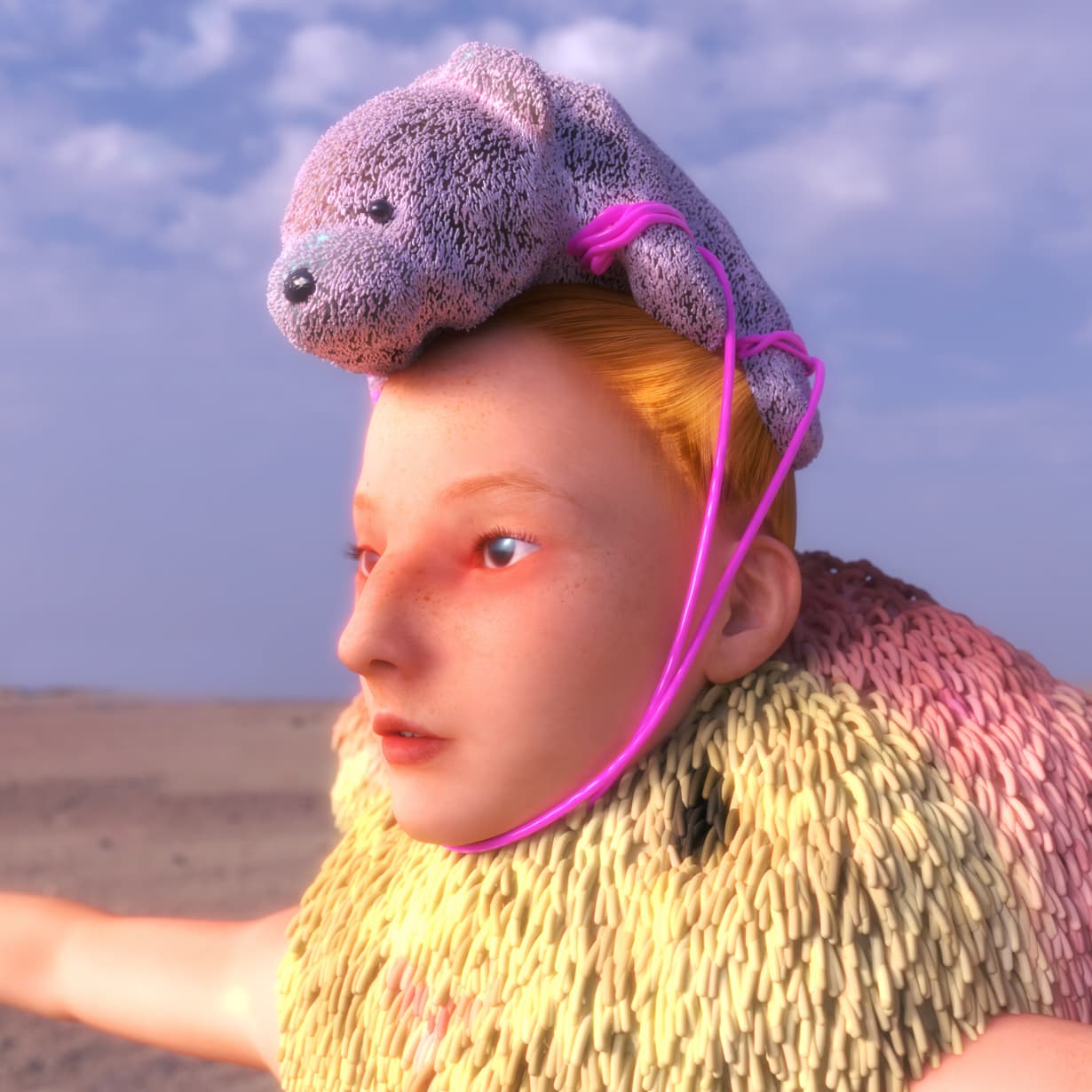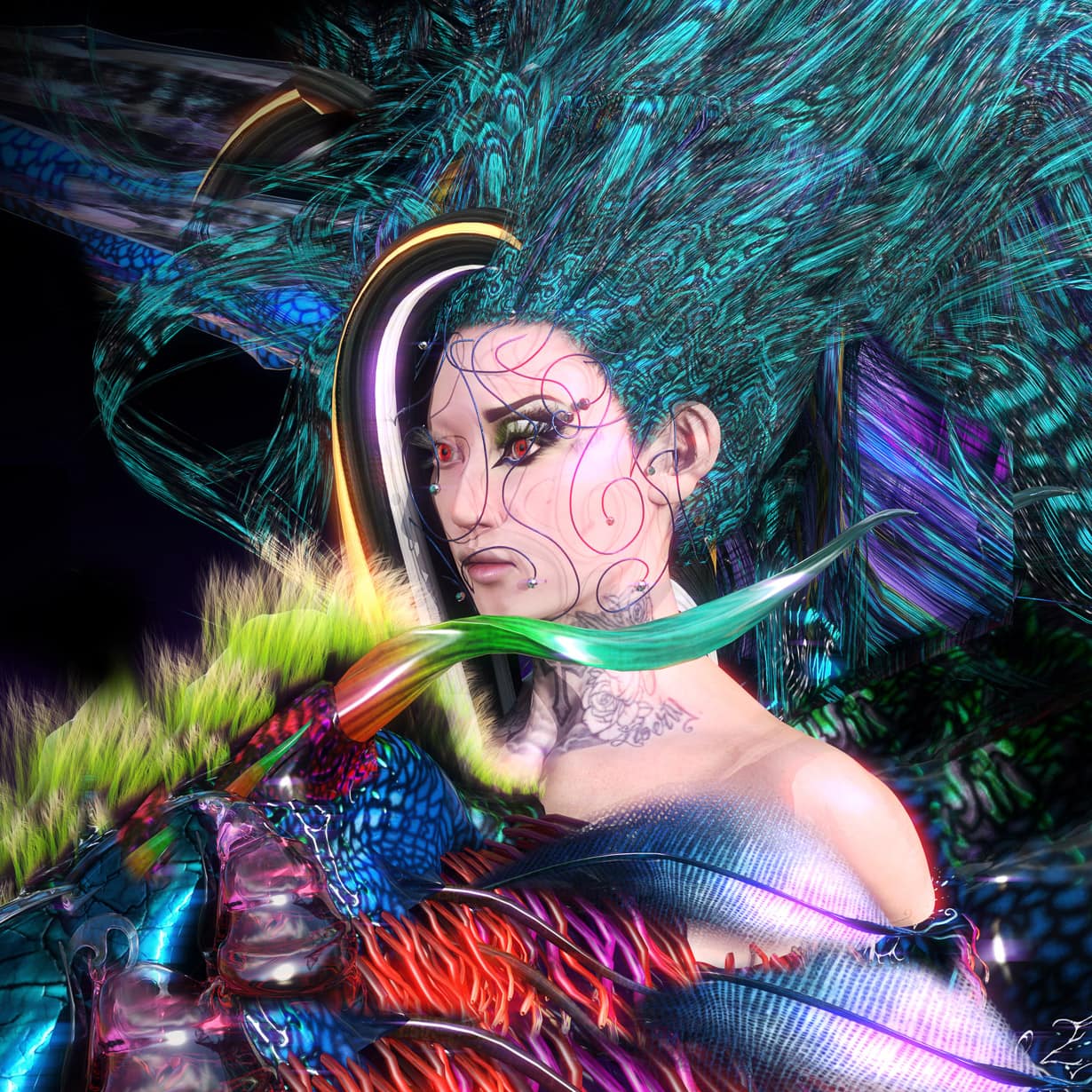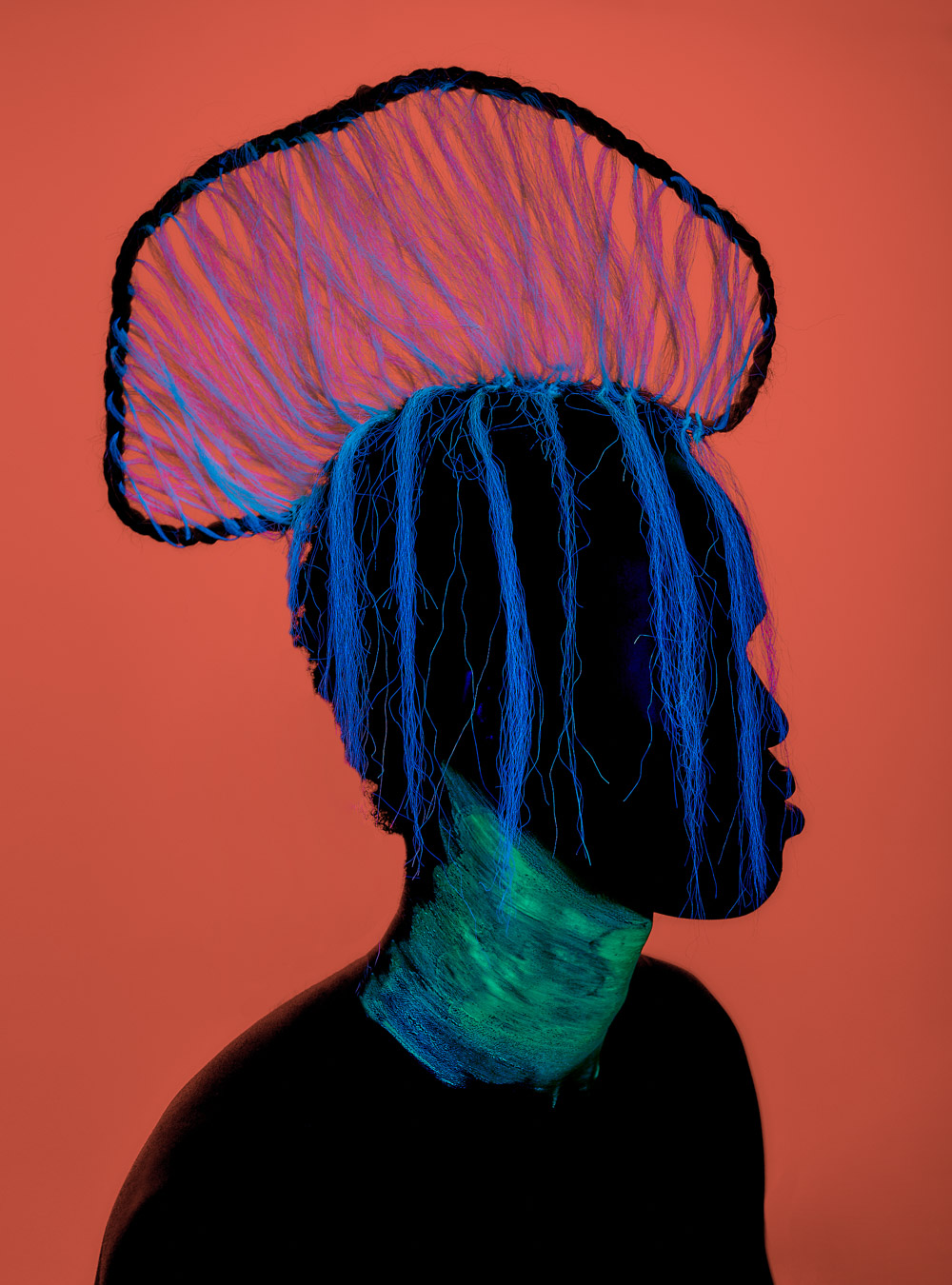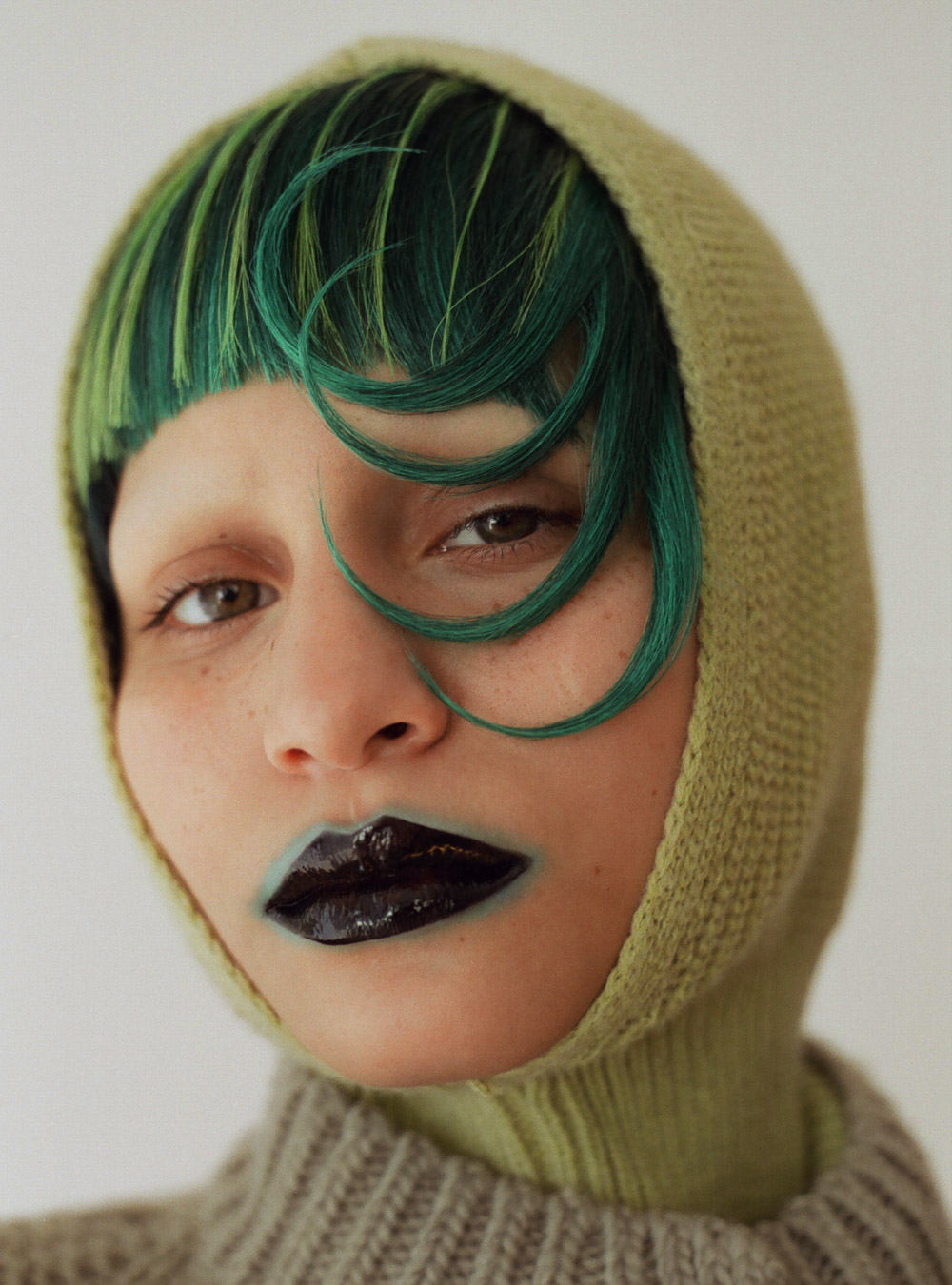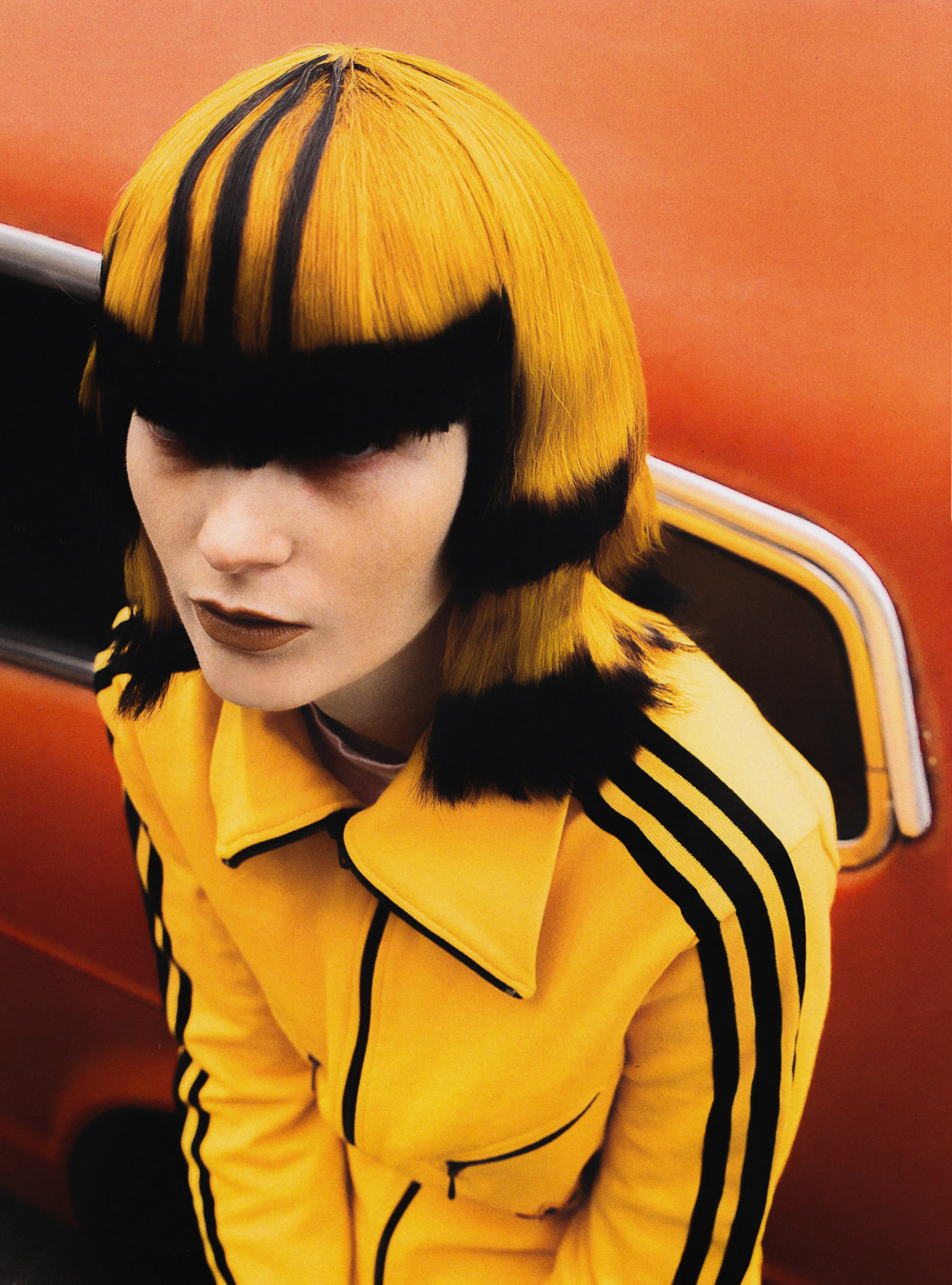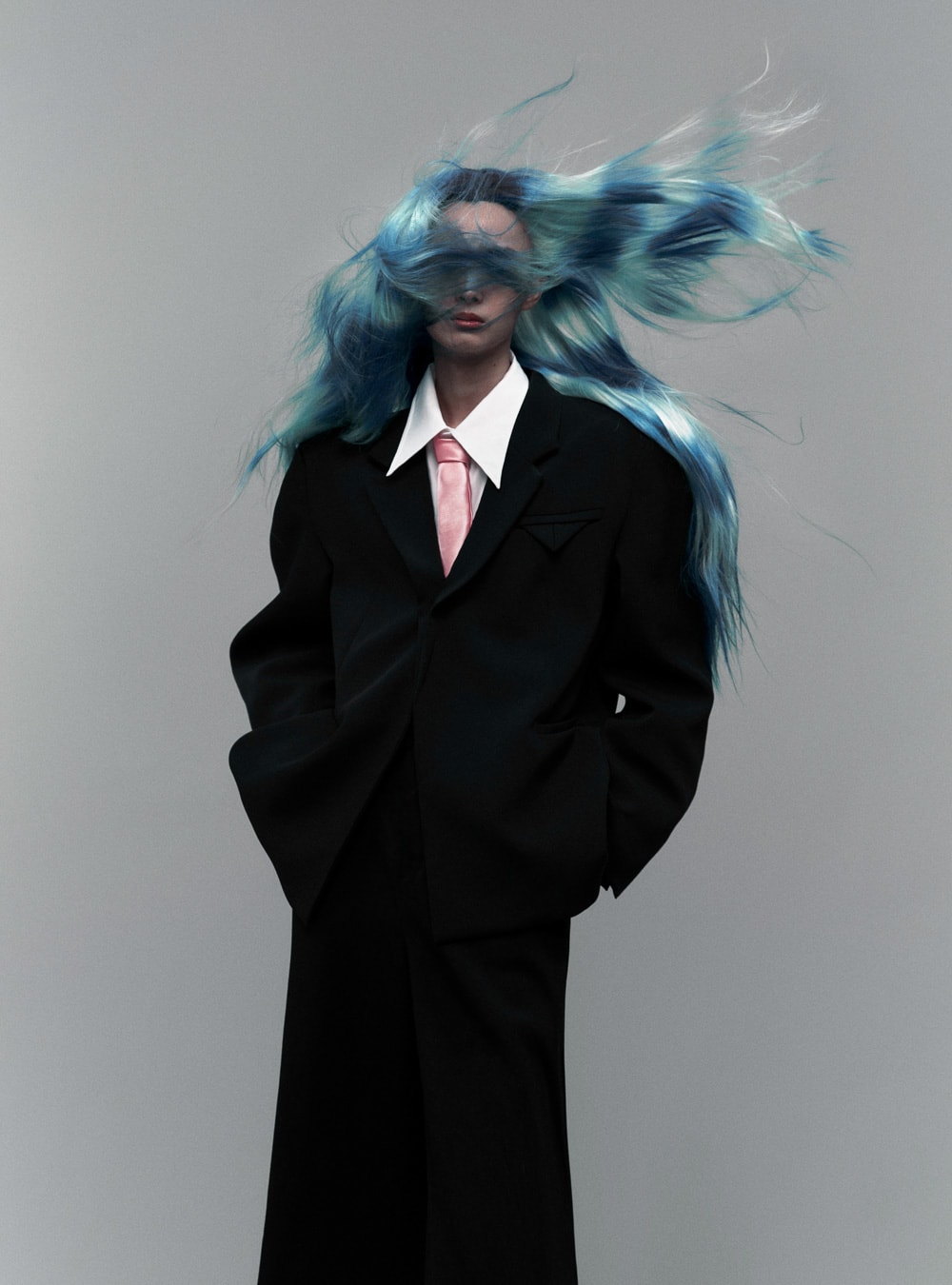- Wang Newone
- Wang Newone
- Wang Newone
ART & CULTURE: Wang Newone is the Shanghai-based artist creating surreal CGI hairstyles
Interview: Katharina Lina
Artworks: Wang Newone
Wang Newone is a Shanghai based visual artist. After majoring in traditional Chinese painting at university and being educated in techniques from thousands of years ago, Newone felt compelled to explore new and modern techniques as well. Using Daz 3D, she began to experiment with creating CGI characters: fantastic humanoids that range from fairly human-looking to entirely surreal. Throughout the various innovative artworks, hair constantly resurfaces as a focal point. Sometimes the hairstyles will boast elaborately shaped patterns or striking colour designs, other times there’s just a lot of it and all of it defies any kind of CGI gravity.
Your CGI subjects never have ordinary or simple hair. What inspires the elaborate hairstyles in your work? When I design a hairstyle, I don’t just focus on the hairstyle itself. I see it as part of the character’s shape, part of the overall design of the character. The costumes, skin colours, and personality designs are all different, and so are the hairstyles. Sometimes they will be informed by current hair trends – I like to take popular elements and add conflicting elements to update the overall look. It’s fun! Most of the time, I don’t even think about shaping the hairstyle… I approach it more like a flower arrangement.
You’ve previously said that your work could often be described as uncanny. How do you use hair to maintain this mood? Hair is an integral part of our body, and in appearance it is an important feature that we recognise. Hair has a close relationship with each of us, and it makes us feel beautiful. But sometimes it also makes us feel uneasy, depending on what situation and what environment you see it in. If it is on the floor of the bathroom, or on a plate of food, it will make us feel sick. I think the uncanny feeling that hair brings us is very natural.
You come from a traditional Chinese painting background. How does this traditional knowledge implement itself in your futuristic work? Although I have had the experience of learning traditional Chinese painting, I never deliberately add this element into my current work. I think that from the perspective of styling aesthetics, there is no difference between “tradition” and “future”. Beauty is beauty. No matter the past or the future, the beauty of a shape is eternal.
Throughout Chinese history, hair has been significantly important to a woman’s beauty. To what extent are you using hair to be provocative? Looking at the history of countries around the world, for both men and women hair is an important part of human appearance. We have hair when we are born, it is part of our body. From the perspective of the development of human civilisation, it is true that in some eras, some specific hairstyles represent a symbol. For example, in the past, European aristocratic men wore wigs, which was a symbol of status and identity. Punk hairstyles were a symbol of rebellion. There are many such examples, but as far as I am concerned, I don’t think I use hair to provoke anything. In my eyes, it is just a decoration.
Your 3D CGI work has evolved to video installations at parties as well as physical installations. You’re now also selling fashion. What projects are you going to work on next? I will continue to work on new projects in these three areas! Especially in fashion, I hope to integrate more works from my other fields with fashion, so that more people can experience my work.
- ANTHROPOLOGY OF HAIR
- ANTHROPOLOGY OF HAIR
- ANTHROPOLOGY OF HAIR
- ANTHROPOLOGY OF HAIR
- ANTHROPOLOGY OF HAIR
